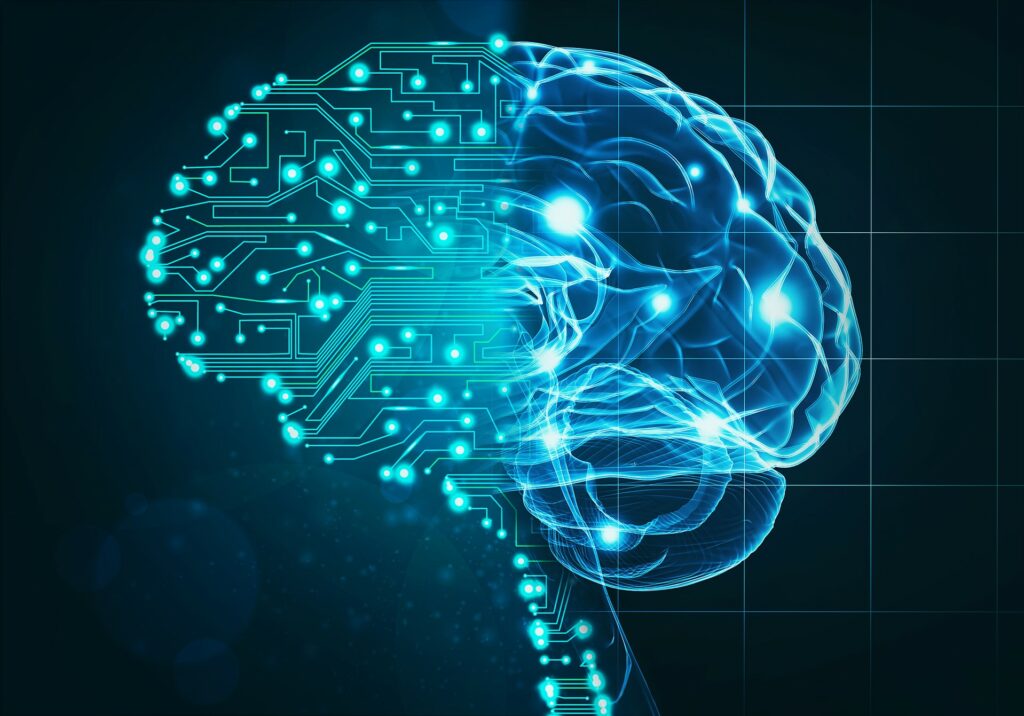Companies that can harness the power of deep learning are positioned to make major advances in the products and services they deliver to customers. Deep learning solutions providers like ClearObject, a leading digital innovator who helps companies use data effectively, are at the forefront of a revolution in data science.
Deep learning is at the heart of advances that have transformed the fields of artificial intelligence and big data. Deep learning is already driving many of the applications we all use every day, from personal assistants like Siri and Alexa to the predictions we use to select shows to watch or music to enjoy.
What Is Deep Learning?
Deep learning is a subset of machine learning, which in itself is a subset of artificial intelligence. The field of deep learning mimics the way the human brain processes, learns from, and applies information to problems.
Deep learning uses artificial neural networks that are able to take massive sets of data and make decisions quickly based on the information absorbed. It then uses those baseline data when new data is introduced. The applications can learn, applying new information to the baseline to make better-informed decisions.
Artificial neural networks can process far more data faster than humans can. They allow the algorithms to make sophisticated decisions faster. In order to become even more accurate, deep-learning solutions need more data to build even more sophisticated decision-making parameters.
The impact is profound. A recent report by Market Research Future indicates that the deep-learning market could reach $17.4 billion by 2023. The challenge will be how to make the technology commercially viable. That’s where companies like ClearObject, which has written a machine learning playbook to guide businesses through the process, come in. With a partner like ClearObject guiding development, testing, analyzing data, and deploying models, businesses can apply deep learning to products and services in nearly every industry. Here’s a closer look at three applications of deep learning
Deep Learning and Big Data
Big data is at the core of many deep-learning applications, including speech recognition, text translation, graphic processing, labeling, and computer vision. Deep learning can use large data sets of both structured and unstructured data to provide more sophisticated speech and translation applications that better mimic human language. Computer vision applications use deep learning and big data to provide better solutions for several industries, from the military to medicine.
Deep Learning and AI Analytics
AI systems have evolved rapidly. Chatbots, for example, have progressed from offering only simple answers to becoming fully formed assistants in phone systems and on websites. AI systems can translate languages and identify images quickly.
Today, advances driven by deep learning are able to solve major challenges. Researchers in the future hope to use AI and deep learning to cure diseases, improve self-driving cars, and advance pharmaceutical development.
Deep Learning and Edge Computing
Edge computing brings computing power and data storage closer together, allowing for faster response times and lower bandwidth use. Edge computing fueled by deep learning has multiple applications. It can improve industrial automation, for example, by identifying and categorizing shapes and brightness, find surface defects, and complete inspections without human intervention. For other IoT applications, deep learning and edge computing allow for the rise of smart factories, better biometric recognition, and better privacy and risk management.
About ClearObject
ClearObject is a digital transformation company based in Fishers, Indiana. ClearObject uses deep learning to help clients leverage Internet of Things engineering and analytics. Its teams of specialists help build embedded software developments that help clients realize the full value of their data.
